There are few things in life as all-encompassing as grief. The way it takes hold of every emotion and doesn’t seem to let go. That may seem a very dark way to open a review of a video game, but in my 12 hours spent playing Tales of Kenzera: ZAU, I was compelled to examine my own battle with grief while experiencing one of the best games of the year.
Developed by Surgent Studios and published by Electronic Arts under its EA Originals label, Tales of Kenzera: ZAU is a Metroidvania that tells a story of grief against a backdrop of African culture and lore. It’s a moving, thoughtful experience that shouldn’t be missed.
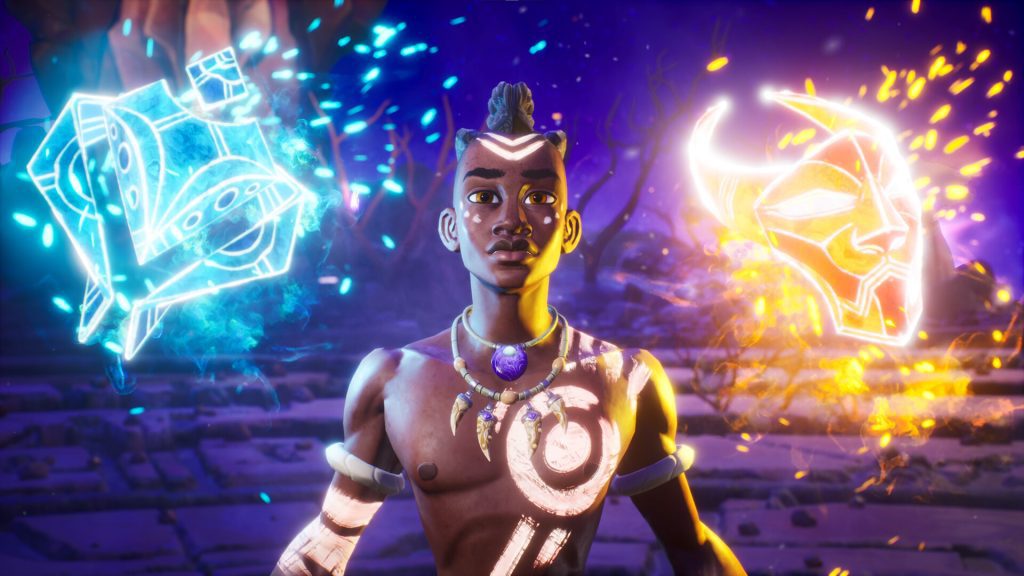
A World That Needed To Be Shared
It is impossible to talk about Tales of Kenzera: ZAU without mentioning its beginnings. Its creative lead, Abubakar Salim, is a voice actor best known for his portrayal of Bayek in Assassin’s Creed Origins. Kenzera was inspired by the loss of Salim’s father and his experience dealing with the resulting grief. He announced the game at the 2023 Game Awards by sharing his story, and I remember immediately thinking that I absolutely had to play this game.
Tales of Kenzera puts African culture front and center, and I couldn’t be more excited about it. Much is made in gaming about representation, and though it is important, it’s often discussed with regard to characters, not worlds. ToK bucks the trend, presenting a world that is vibrant and colorful, reminiscent of what Ryan Coogler presented with Marvel’s Black Panther. The menus and title screens share that feeling, with shades of purple and vibrant shapes and patterns. There’s a level of familiarity and warmth here that ties in well with the overall message of the power of family. The visuals are a celebration of African people, and it makes me happy to see these elements presented so lovingly.
The strength of Kenzera’s presentation is key, as so much of what makes the story work ties back to the impressive work the studio put into this world-building.
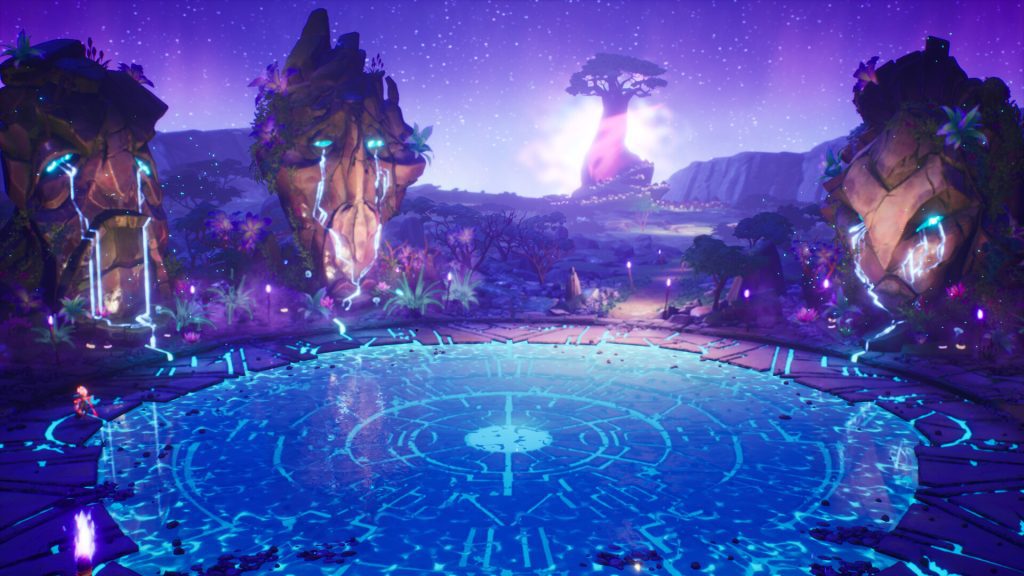
A Story Worth Telling
Tales of Kenzera: ZAU opens with a black screen and text that reads “In loving memory of those who touched our lives. This game is a tribute to their enduring spirit.” There is no mistaking what motivates things from the moment you press “New Game.”
Zuberi, a young man (voiced by Salim), has just lost his father and is having an understandably hard time getting through it. As he walks into the house to speak to his mother, she gives him a book written by his father. This book is the last thing he ever wrote and is meant specifically for Zuberi to get through this moment.
This is where Tales of Kenzera starts in earnest. The main character of the book is Zau (also voiced by Salim), a shaman who has himself lost his father and wishes to make a deal with Kalunga, aka the God of Death, to get him back. Your goal is to track down and retrieve the Three Great Spirits; in exchange, Kalunga will return his father to him. It’s a pretty common hook, but given that it is one of many allusions in Kenzera related to the process of mourning, it lends some extra weight to the narrative.
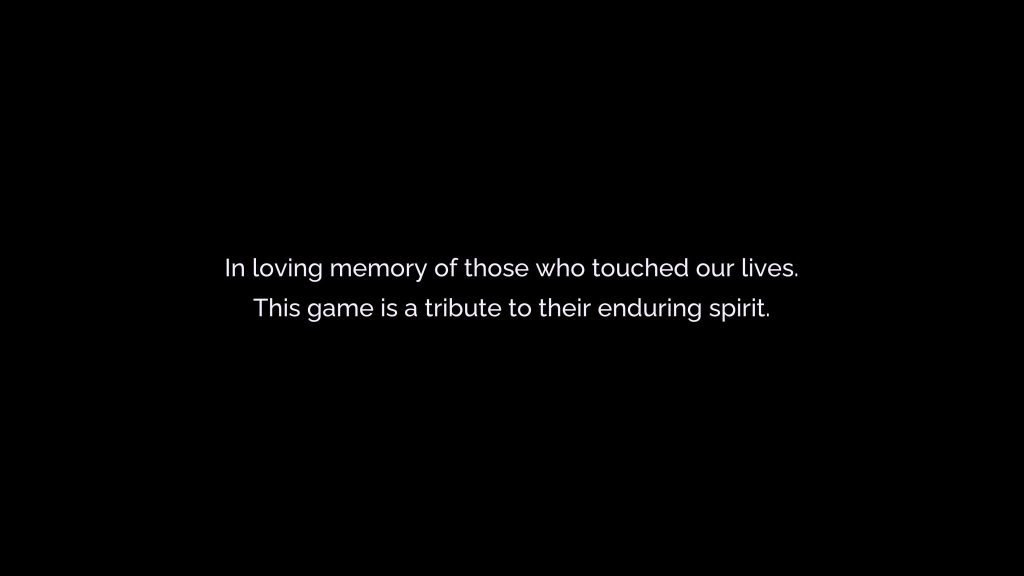
Delving much more into the story would lead to spoiler territory. Just know that this game has the best depiction of grief—and what comes with it—that I have experienced in any medium, period. The helplessness, the desire to find a way to control it, the anger, the doubt… all of it is perfectly depicted and explored here.
There is an argument between Zau and Kalunga midway through the story that made me put the controller down and dry my eyes. I have had that conversation in my head. I’ve said those words out loud. I’ve felt that anger and the immediate, immense sadness that followed them. Abubakar Salim created this world and this story as a way to help himself deal with his father’s passing, but I hope he knows and understands that he has created something that will help many others deal with their own grief. I know it did for me.
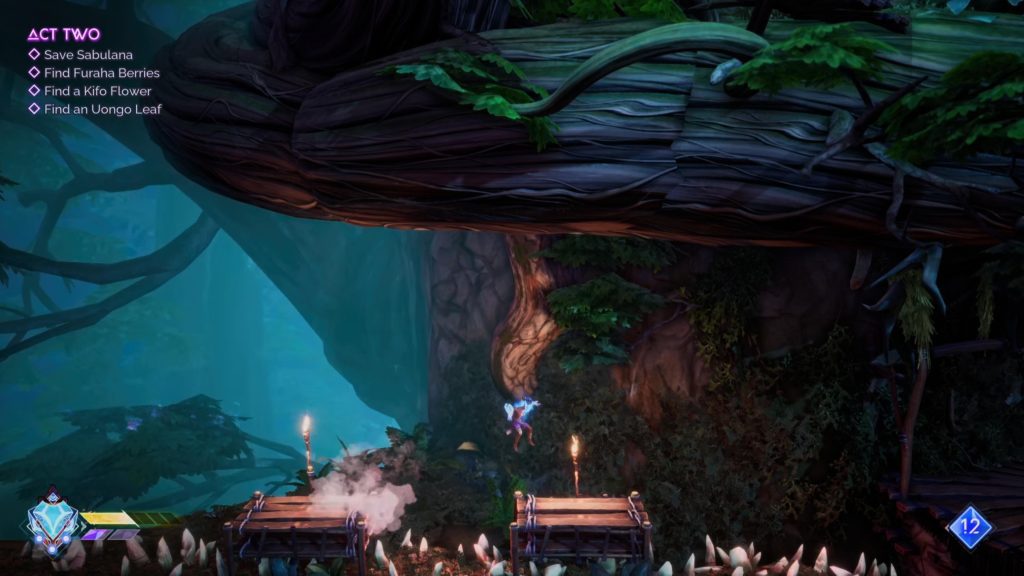
The Game Within the Game
We do have a game underneath all that story, though, and it is an excellent game.
The platforming is great, with one exception (which I’ll get to in a bit). The skills and abilities you learn throughout the game mesh well with the physical obstacles found in the game. Some of the platform placements and enemy tactics feel so well designed, it’s almost as if the developers at Surgent are reading your mind. This creates some great moments, both during traversal and during combat.
The combat itself is incredible. Referred to throughout the game as the Dance of the Shaman, Kenzera’s fighting system revolves around two masks, the Sun and the Moon, both of which belonged to Zau’s father. The Sun is the melee-focused mask, while the Moon allows for ranged combat. You can switch between both on the fly, and it will become necessary to do so later in the game, as you encounter enemies that have a shield specific to a certain mask.
The freedom that this combat system allows for will make for some beautiful combo footage by gamers much better than me. Attacks have weight, and the powers associated with each mask feel fitting given the backstory behind them. Surgent Studios put a lot of thought into this combat system, and it shows.
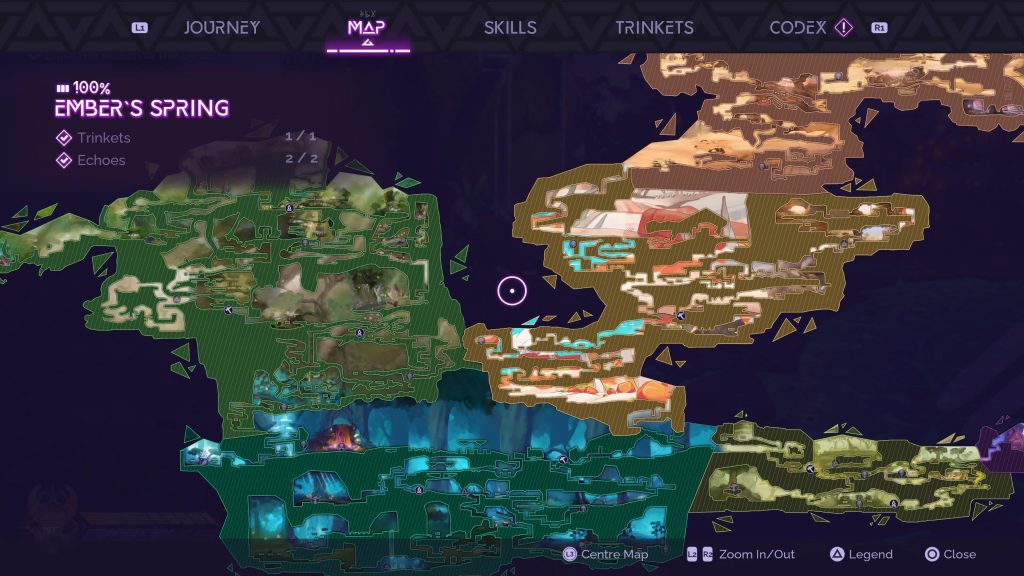
The Dance of the Metroidvania
In classic Metroidvania fashion, there are collectibles to find and areas of the game you can’t access until you get certain skills.
Tales of Kenzera also ties certain collectibles to various skill challenges. Some require you to show off your platforming skills, while others challenge you in combat a la Prince of Persia: The Lost Crown. Both challenge types are equally tough, and a good measure of your skills. The combat challenges in particular were my favorite, as they pushed me to practice certain moves that I would use later on in the game. All told, these excursions are more than worth your time. I felt compelled to Platinum the game, which extended my playtime from about eight hours to 12.
Of course, what would a Metroidvania be without its bosses? Tales of Kenzera boasts some of the coolest boss designs I’ve seen in the genre. The second boss in particular makes great use of the tried-and-true chase sequence (think Metroid Dread’s EMMI encounters) to further emphasize what grief can do to someone. It’s a masterful way to couple story and gameplay, enhancing the fight before I even got to it.
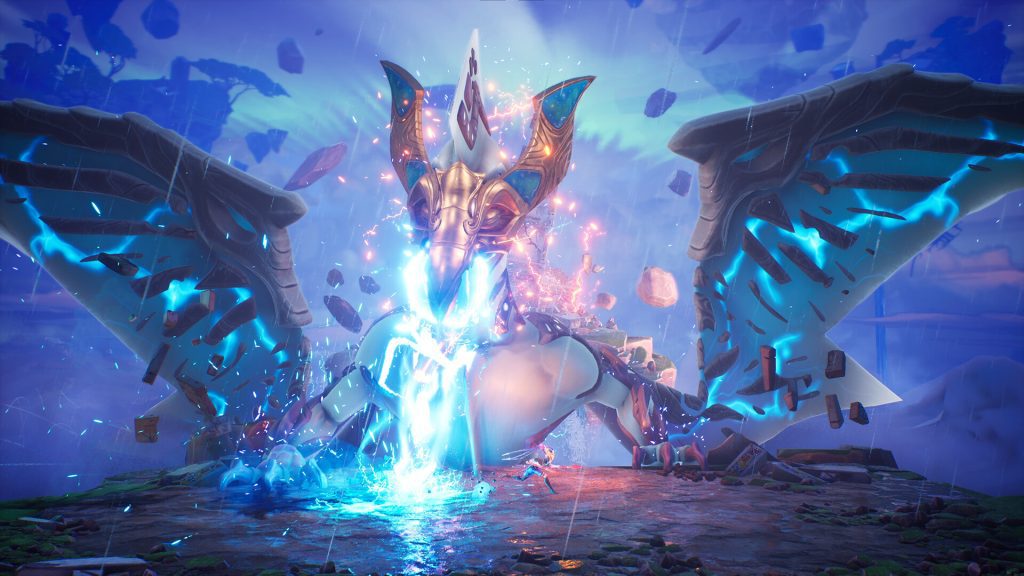
Watch Out for Those Spikes!
There are some slight hiccups, but nothing game-breaking that can’t be fixed with a patch.
For one, there’s a weird glitch that occurs when pulling up the map and closing it back out. You can’t move if you immediately try to move the control stick once the map is closed; however, if you let go and then try to move, you can keep going. It sounds small reading it, but it’s noticeable—especially when you consider that the natural reaction when closing out of a map in a Metroidvania is to immediately run because you’ve plotted out your next move.
The only other gripe I have is that the hitboxes on the game’s environmental spikes are a little too unforgiving. It makes some of the platforming challenges seem unfair even though, again, they’re quite well done and a solid skill check for the abilities you’ve learned in the game.
Outside of bugs and hitboxes, my one gameplay complaint is that once you clear out the enemies in an area, they rarely respawn except in random moments. So, when you go back to search for collectibles, you’re running through empty areas when it feels like you shouldn’t be.
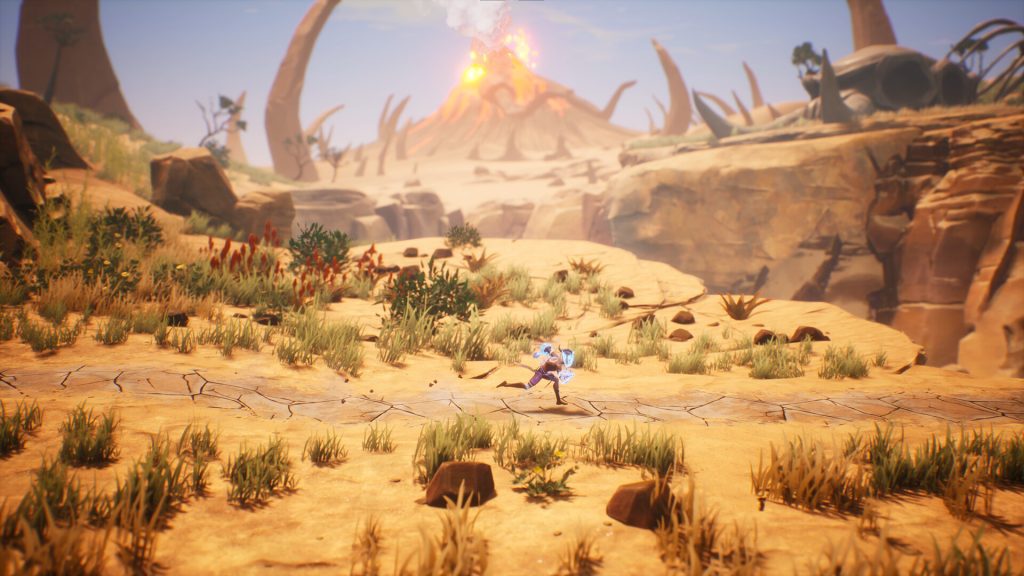
Final Thoughts
Tales of Kenzera: ZAU is an achievement in storytelling, and its gameplay only complements it, giving players an avatar to live through a universally human experience. The combat, platforming, and exploration are satisfying and thoughtful, combining to create another great entry in a hall-of-fame genre in gaming.
I can only hope that the title of the game hints at more tales to come. Surgent Studios has something special on its hands, and this is a developer and IP worth keeping an eye on.
Score: 9.5/10
Tales of Kenzera: ZAU is available now for PC, PlayStation 5, Xbox Series X/S, and Nintendo Switch.
Anthony is a huge Zelda fan, and a bigger Eagles and AEW fan. He's been gaming for 28 years and has no intention of stopping. Ocarina of Time is his personal GOAT. When he's not playing games, you can catch him talking about sports and wrestling.


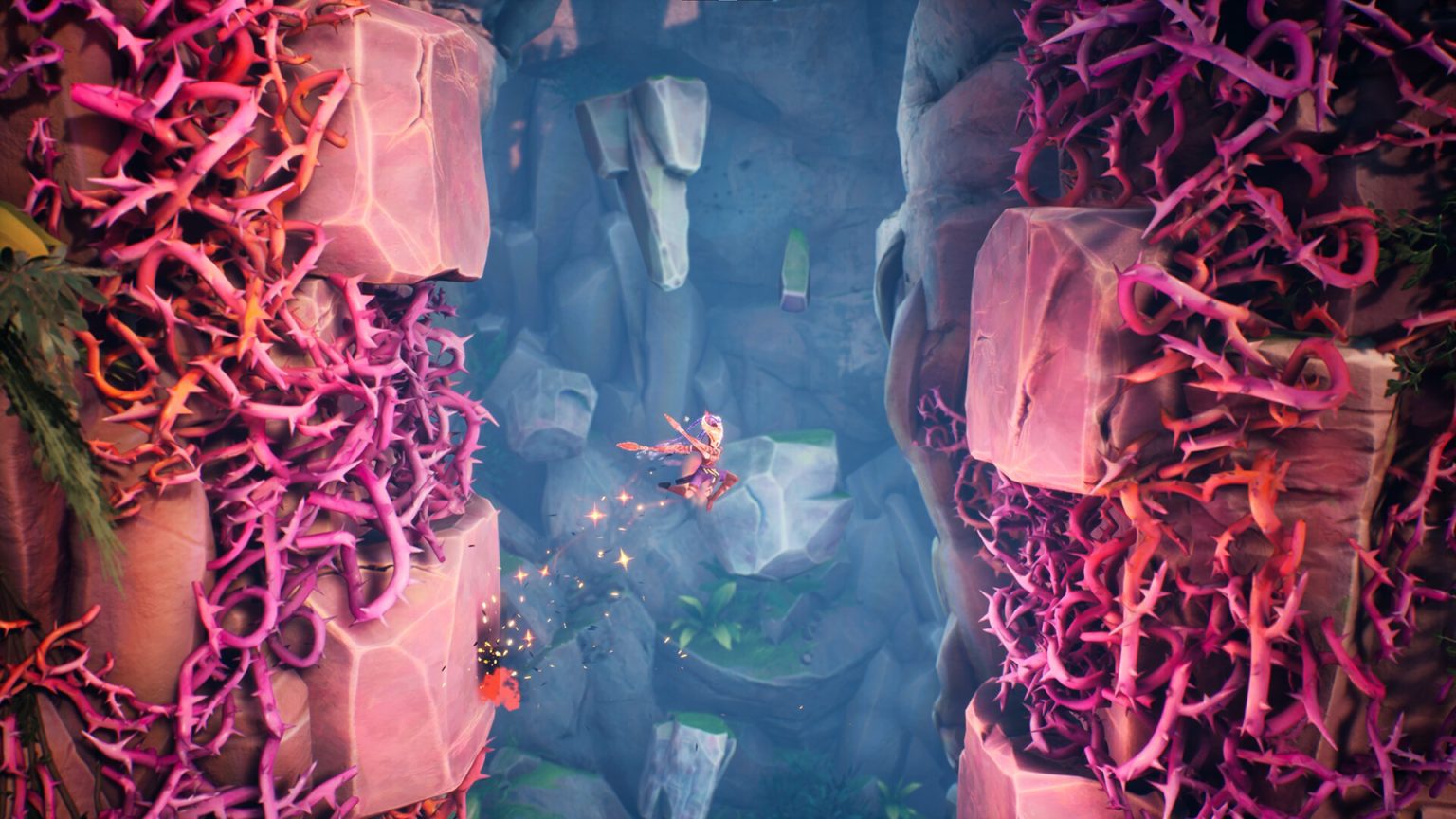






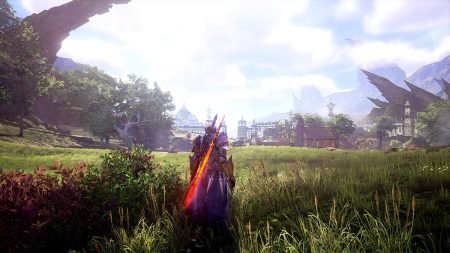
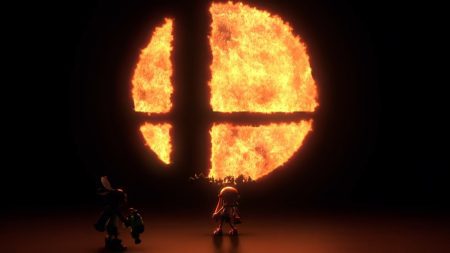
This is why people are so sick of “woke” culture. Everyone else says this is an average game but you think it’s phenomonal. While I understand opinions vary, most of yours seem to be based on the fact it’s created by someone Black about a character who’s Black, which you enjoy because you’re Black. Let me be clear about something: Black people have MORE than enough representation. You’ve had it in film since the 1930s. Black people seem to be in about 70% of the media despite being only 13% of the population. Comic books also have good representation. While… Read more »
Okay, normally I’d just moderate a nonsensical post like this. But because you took time to write this up, I’ll take time to reply. “While I understand opinions vary…” – stop right there. There’s your answer. It doesn’t matter what other critics said about this game. Our reviewer enjoyed it, and he has a right (if not a responsibility) to share his honest thoughts. And if we awarded the game extra marks because it’s made by Black people for Black people, big fucking whoop. Newsflash: Diversity is worth celebrating. If a game offers a unique look into a culture or… Read more »
Wow, what a great (dimwitted) response! Your comment is the typical woke leftist crap I brought up as a problem. Yes, diversity is good, as is equality. It’s not equal though to give anything a great review based on the color of the characters. I don’t give a lousy game a great review because it’s about a straight White male. A review is supposed to be about the quality of the product, not that it conforms to your identity. There’s nothing diverse about needing people to look like you. If someone White had done this, you would have cried White… Read more »
PS: Read more of your comment and you can go fuck yourself, you White people hating Black Supremacist using your privilege to spread your hate piece of shit. Sounds like it’s YOU is feeling guilty for your racism being called out, you colonizing sack of slave owning crap. Oh, I’ll bet you don’t know about how Africans invaded and colonized Europe, and had millions more slaves than there were Black slaves in America. Then again, you probably do and think it’s acceptable. Like I said, this is why people voted for Trump. They let themselves be brainwashed because they’re sick… Read more »
You lost any attempt at a rebuttal the second you tried to play that slavery somehow was an African design. Nice try.
Out of respect for this article and our author (who is an awesome guy, not that you care), I won’t be responding further. Thanks for the clicks!
BLACK POWER! Right, you racist?
Black power, indeed! 😀